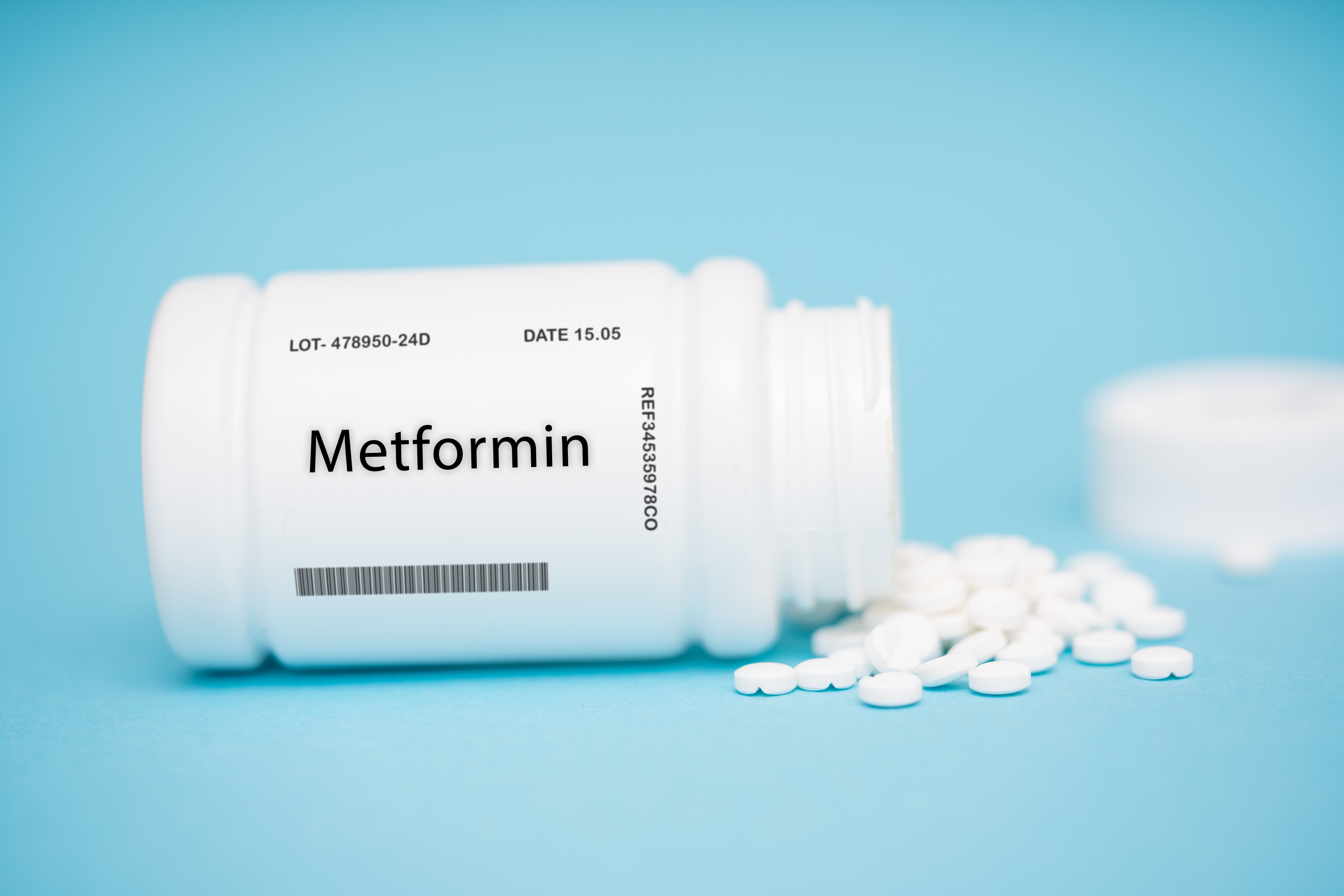News
Article
Endoscopic Activity, Cancer Detection in Gastric Cancer Slow to Recover After COVID-19
Author(s):
Cancer detection was slower to rebound after the COVID-19 pandemic compared with endoscopic activity, specifically in gastric cancers such as colorectal cancer.
Endoscopy activity and cancer detection was slower to recover in gastric cancers, such as colorectal cancer (CRC), after the COVID-19 pandemic, with cancer detection slower than endoscopy activity to recover, according to a study published in Heliyon.1 Maintaining cancer services in future waves of the pandemic should be the focus in the future.
Gastrointestinal diseases, including CRC, can be diagnosed by using digestive endoscopy but patients diagnosed with COVID-19 increased the number of patients in the hospital and stretched resources. With COVID-19 a significant risk to patients receiving an endoscopy, many endoscopies were suspended or canceled during the pandemic.2 Although endoscopies resumed, the effect of endoscopy uptake after the pandemic is unknown. This study aimed to assess how endoscopy activity and cancer detection recovered after the pandemic and estimate how many cancer patients were missed.
Endoscopy activity and cancer detection were slow to recover their rates after COVID-19 | Image credit: romaset - stock.adobe.com

The First Affiliated Hospital of Nanchang University was used for endoscopic data. The data were collected retrospectively between January 2019 and December 2020. Data were included if they covered diagnostic or therapeutic procedures. Demographics, procedure information, and the results were all extracted from the data. Gastroscopy and colonoscopy were included in the study. This study separated the data into a peak COVID-19, in February 2020, and after the peak of COVID-19 from March to July of 2020. Both of these periods were compared with those same periods in 2019.
There was an average of 9023 endoscopic procedures performed per month in 2019. The number stagnated in February of 2020 for both diagnostic procedures and therapeutic procedures. Endoscopic resection and diagnostic procedures saw the largest decrease whereas endoscopic hemostasis for nonvariceal bleeding had the least decrease. March saw the beginning of endoscopic activity recovering.
Gastroscopies and colonoscopies decreased from 28,053 and 12,629 pre-COVID-19 to 21,234 and 10,142 after the COVID-19 peak, respectively. This equaled a decrease of 24.3% and 19.7%. Endoscopic polypectomy had a 18.1% decrease between those 2 periods and endoscopic placement of stents decreased by 11.2%. When diagnostic procedures recovered, there was a 14.3% increase of endoscopic retrograde cholangiopancreatography and a 2.2% increase in endoscopic extraction of foreign bodies.
Gastroscopy was more often performed in women and colonoscopy more often in men. Cancer detection rates increased from pre- to post-COVID-19. The peak period had an increase of detection from 1.6% to 2.6% for gastric cancer and 2.7% to 3.3% in CRC. Detection of gastric cancer returned to its previous level in September compared with August for detection of CRC. The recovery period saw the detection of gastric and CRC cancers decrease to lower than their averages in 2019. Approximately 6.69% of patients with gastric cancer did not receive their needed endoscopy compared with 0% of the patients with CRC.
There were some limitations to this study. The study period made up a shorter amount of time around the pandemic and the data were all retrospective. Areas of more limited resources may not be represented by this data. The stage of tumor and assessment of trends due to cancer characteristics could not be determined through endoscopic biopsy by itself. Under ascertainment is possible due to patients exaggerating symptoms due to the pandemic.
A significant reduction in endoscopic activity and detection of cancers was found during the COVID-19 pandemic. Although the recovery of cancer detection did occur, it was later in endoscopic activity in gastric cancer especially. Recovering and maintaining cancer services before any other waves of COVID-19 should be the primary focus of future efforts as the potential backlog of missing cancer patients could increase if not resolved.
References
- Zhou F, Fu J, Wu N, Liu Y, Xie Y, Zhou X. The recovery of endoscopic activity and cancer detection after the COVID-19 pandemic. Heliyon. 2024;10:e35076. doi:10.1016/j.heliyon.2024.e35076
- Emara MH, Zaghloul M, Abdel-Gawed M, et al. Effect of COVID-19 on gastrointestinal endoscopy practice: a systematic review. Ann Med. 2022;54(1):2875-2884. doi:10.1080/07853890
Newsletter
Stay ahead of policy, cost, and value—subscribe to AJMC for expert insights at the intersection of clinical care and health economics.





